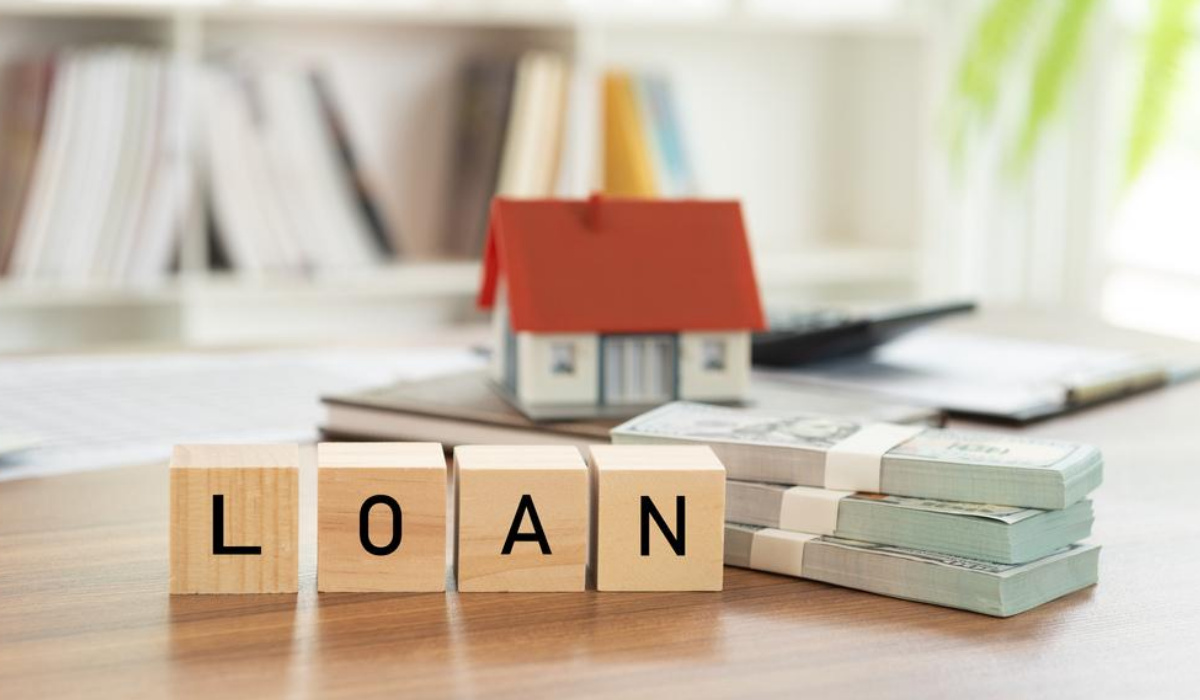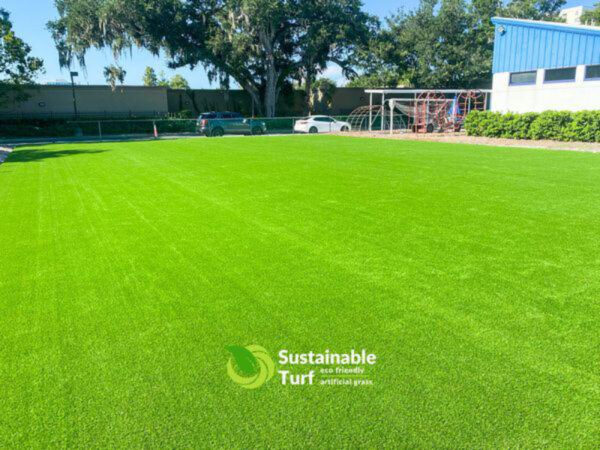Introduction
According to Handy, it is possible for homeowners to get tax credits on second mortgages and home renovations if they meet certain conditions. In order to ensure that you qualify for the tax credits, it is important to ensure that you have what is called a ‘qualified home’. Plus, you should also note that there is a limit to the amount that you can receive as tax credits based on various factors.
The Discussion
Here are a few things you need to know for getting second mortgages and tax credits for home renovations:
- You can only get tax credits on qualified homes – According to the IRS, qualified homes include the main property where you currently live or a secondary home. Typically, house trailers, mobile homes, boats, apartments, and more can all be stated as a qualified home as long as it contains cooking, sleeping, and toilet facilities.
Thus, if you have three or more properties only your first two properties can be qualified for tax credits.
- Tax is deductible up to the total mortgage debt limit – According to the Tax Cuts and Jobs Act of 2017, in order to be eligible for tax deductions, you need to take home equity loans or home equity lines of credit and use them to acquire, build, or improve a main or second home.
Currently, homeowners are allowed to deduct taxes up to the total amount of interest paid in any given year and are limited to the threshold of $750,000 or $375,000 if married but filing separately.
- Tax credits for medical expenses – You can become eligible for tax deductions on your second mortgage if they qualify as medical expenses. For instance, certain home improvements such as modifying bathrooms, installing exit or entrance ramps, lowering cabinets, widening the hallways and doors, and more can be deducted as medical expenses. However, you cannot claim the same for tax deduction towards home improvements.
- Tax credits for home improvements – If you use your second mortgage to make substantial home improvements that increase the value of your home, you can claim tax credits on the second mortgage. Furthermore, you can claim energy tax credits for installing qualified energy generating systems.
For instance, you can get federal tax credits for up to 30% of the cost of installing solar panels, fuel cells, geothermal heat pumps, small wind turbines, and more. Thus, you can claim $2,600 as tax credits if you invest $10,000 to install any of the energy-generating systems mentioned above and enjoy further savings on energy consumption in the future. The energy tax credit applies to the installation as well as the labor cost. However, you must claim it in the year you made the purchase.
Conclusion
Handy suggests you do your best to be eligible for tax deductions on second mortgages and home renovations. Any type of tax credit is a welcome benefit, and these can stack up to a significant amount that you can save or reinvest in your property.





